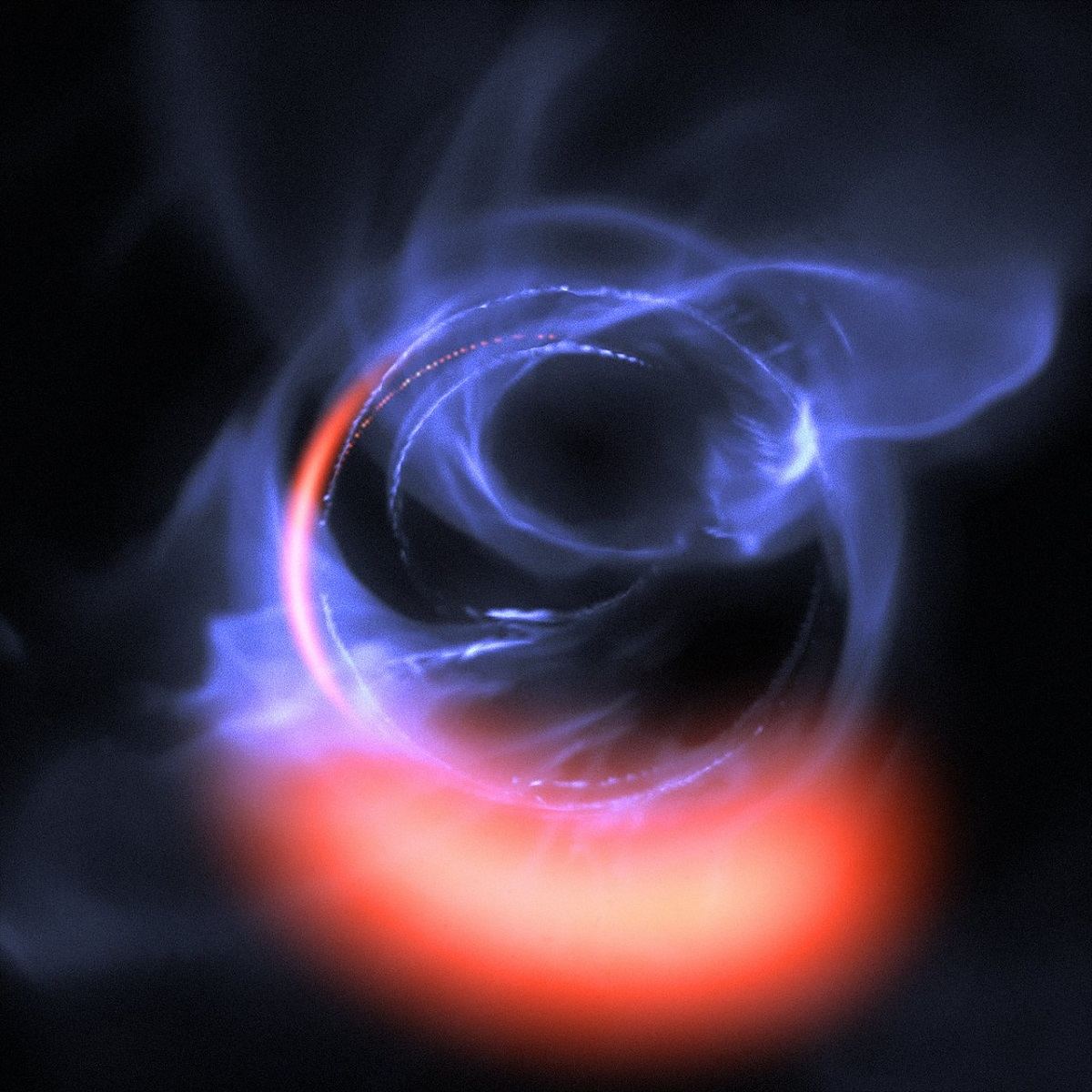Located 63.4 light-years from Earth in the constellation Pictor is the young and bright blue star, Beta Pictoris. In 2008, observations conducted from the ESO’s Paranal Observatory in Chile confirmed the presence of an extrasolar planet. This planet was Beta Pictoris b, a Super-Jupiter with an orbital period of up between 6890 and 8890 days (~19 to 24 years) that was confirmed by directly imaging it as it passed behind the star.
In August of 2019, a second planet was detected (another Super-Jupiter) orbiting closer to Beta Pictoris. However, due to its proximity to its parent star, it could only be studied through indirect means (radial velocity measurements). After conducting a reanalysis of data obtained by the VLT, astronomers with the GRAVITY collaboration were able to confirm the existence of Beta Pictoris c through direct imaging.
Continue reading “Those are Exoplanets. You’re Looking at Actual Exoplanets 63 Light-Years Away!”

